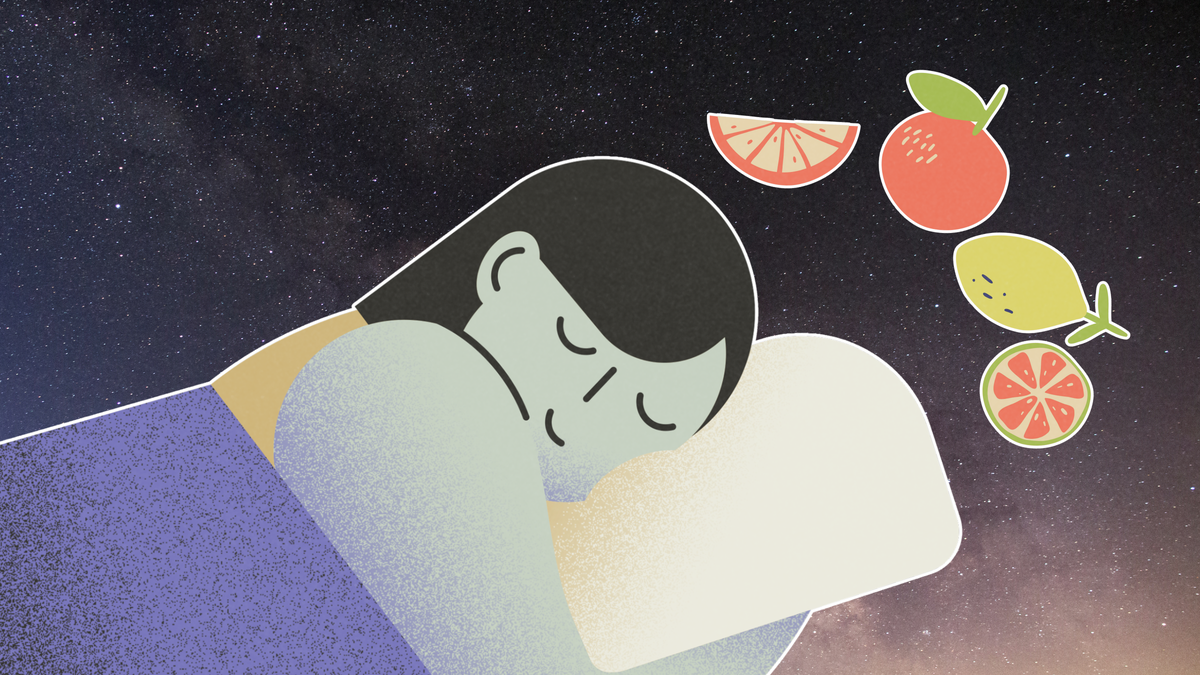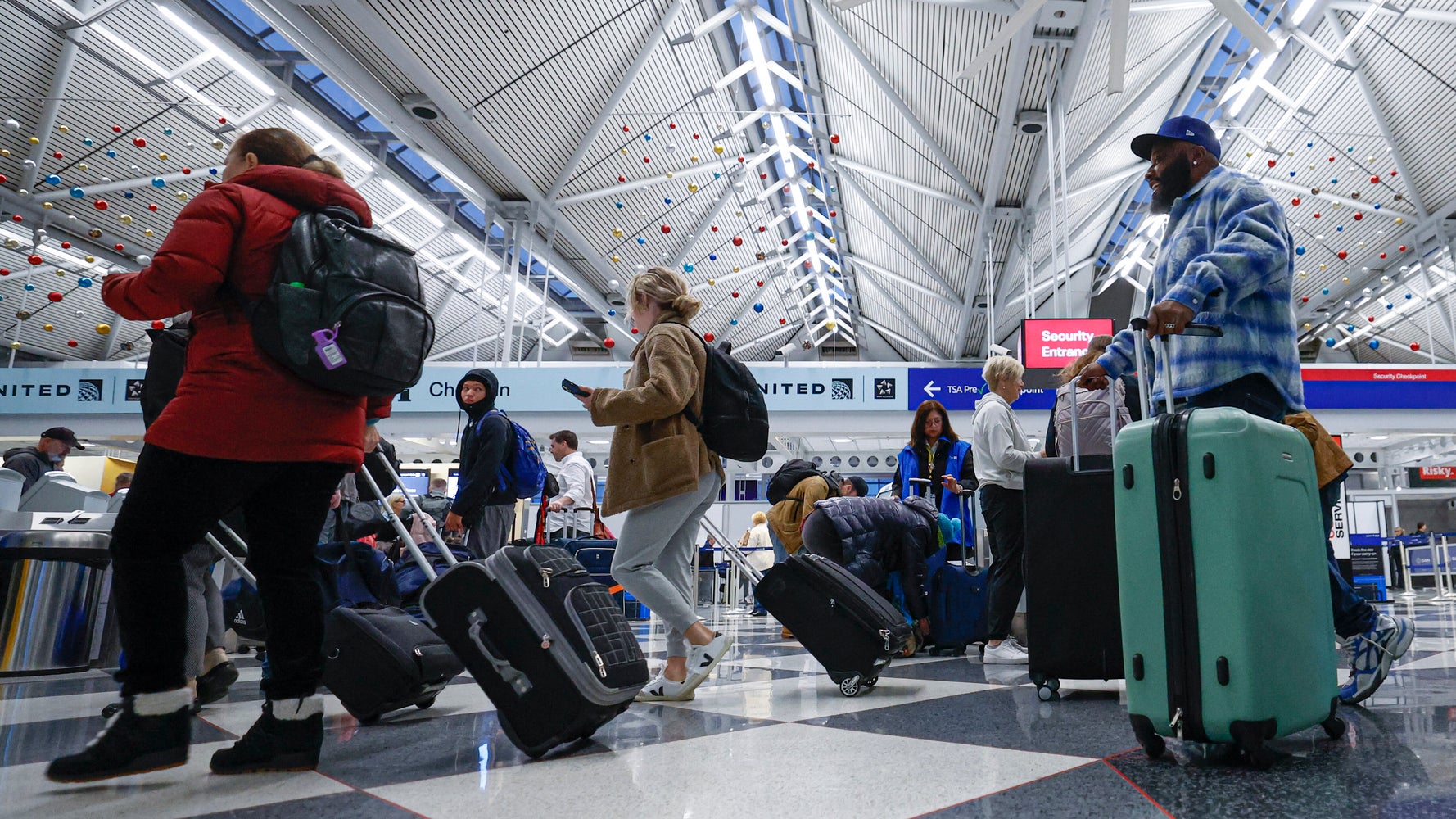
We’ve all heard the gospel of sleep hygiene by now. No screens before bed. Keep your bedroom cool and cave-dark.
But a recent study out of the University of Chicago, published in the journal Sleep Health, suggests we might be starting in the wrong room. According to researchers, what you eat during the day—specifically how many fruits and vegetables you consume—could influence how well you sleep that night.
Which means the real secret to deeper sleep might go beyond blackout curtains and blue-light blockers—and include a cutting board and a bunch of broccoli. So, how exactly did researchers measure the link between what’s on your plate and what happens while you sleep?
How They Studied Sleep Quality and Food Intake
Researchers tracked 34 healthy adults—28 men and six women between the ages of 20 and 49—over several days. Participants logged what they ate using a nutrition app developed by the National Institutes of Health. At night, they wore actigraphs—wrist devices that objectively track movement and rest.
Researchers then analyzed how food choices affected a key sleep metric: the Sleep Fragmentation Index (SFI). Think of it as a restlessness meter—it tracks how often your sleep is broken up by micro-awakenings, many of which you won’t even remember. Lower scores mean deeper, more consolidated sleep.
“What people eat during the day can influence their sleep at night,” says Marie-Pierre St-Onge, co-senior author of the study and author of Eat Better, Sleep Better. Most of us can list culprits that mess with our rest (caffeine, doomscrolling, work stress), but we rarely think about the food that could improve it.
5 Cups of Fruits and Vegetables Per Day Equals Better Sleep
On days when participants ate more fruits and vegetables, their SFI was lower. The researchers found that hitting the Centers for Disease Control and Prevention’s (CDC) five-cup produce recommendation could correlate with roughly 16 percent less sleep fragmentation than eating none.
That number wasn’t a direct measurement but a projection based on statistical modeling. They adjusted for total calories to make sure the effect wasn’t just about eating more food in general. Even after controlling for energy intake, the link held.
Fruits and vegetables help regulate blood sugar and inflammation—two systems that can either settle or scramble your nervous system at night. They also deliver micronutrients, such as vitamin K, which can induce relaxation by reducing the stress hormone cortisol.
What about fiber? While this study only found a non-significant trend, St-Onge points to earlier research from her team showing that fiber was associated with more deep sleep. “This could be through gut microbiome modulation,” she says, which influences the release of short-chain fatty acids—molecules that upregulate sleep-promoting genes in the brain.
If 5 Cups Sounds Like a Lot, a Dietitian Suggests These Ways to Make Eating Your Fruits and Veggies Easier
Data from the CDC indicate that only about ten percent of U.S. adults meet recommended intake levels for fruits or vegetables. That’s super low, but getting your produce doesn’t need to feel like a full-time job.
1. Add Them to Meals You Already Like
“The most realistic strategy,” says registered dietitian Nicole Short, “is to build fruits and vegetables into the meals you’re already enjoying.” That means tossing spinach or kale into a smoothie, layering tomatoes or peppers into a breakfast sandwich, or adding steamed veggies or a side salad to a standard dinner. “When it becomes part of your routine,” she adds, “meeting the daily intake starts to feel realistic—and sustainable.”
2. Pack Produce in Your Bag or Stash Dried Fruit at Work
For busy or active people, time is often the biggest barrier. “Convenience is everything,” says Short. She recommends keeping ready-to-eat options on hand: pre-washed salad greens, a bag of baby carrots, and pre-cut fruits. Her go-to rule of thumb? “Always have grab-and-go produce in your work bag or pantry—dried fruit, apples, bananas, veggie snack packs.”
3. Try a Dietitian-Approved Sample Menu
The following menu will help you hit five cups of fruits and veggies each day:
- Breakfast: smoothie with berries and spinach (≈ 1½ cups)
- Lunch: grain bowl with roasted veggies (≈ 2 cups)
- Snack: apple and baby carrots (≈ 1 cup)
- Dinner: a dinner of your choice plus a side of broccoli or bell peppers (≈ ½ cup)
You don’t need to overhaul your entire nutrition philosophy—just sneak a few more plants into your plate and see what happens. Just don’t mistake a smoothie for a silver bullet—here’s where the study’s limits come in.
This wasn’t a randomized trial, and no one’s claiming broccoli is a miracle sleep drug. The researchers are clear: correlation doesn’t prove causation. This was an observational snapshot, and it didn’t account for all possible confounders—caffeine intake, stress levels, and training load. But considering the study used objective sleep monitoring, unlike much past research that relied on self-reporting, this is a significant advantage in terms of accuracy.
If fruits and vegetables can move the needle on sleep—even slightly—that could ripple into how you repair, restore, and perform.
Want more Outside health stories? Sign up for the Bodywork newsletter. Ready to push yourself? Enter MapMyRun’s You vs. the Year 2025 running challenge.
The post Eat Plants, Sleep Deep? What a New Study Really Says About Produce and Recovery. appeared first on Outside Online.














